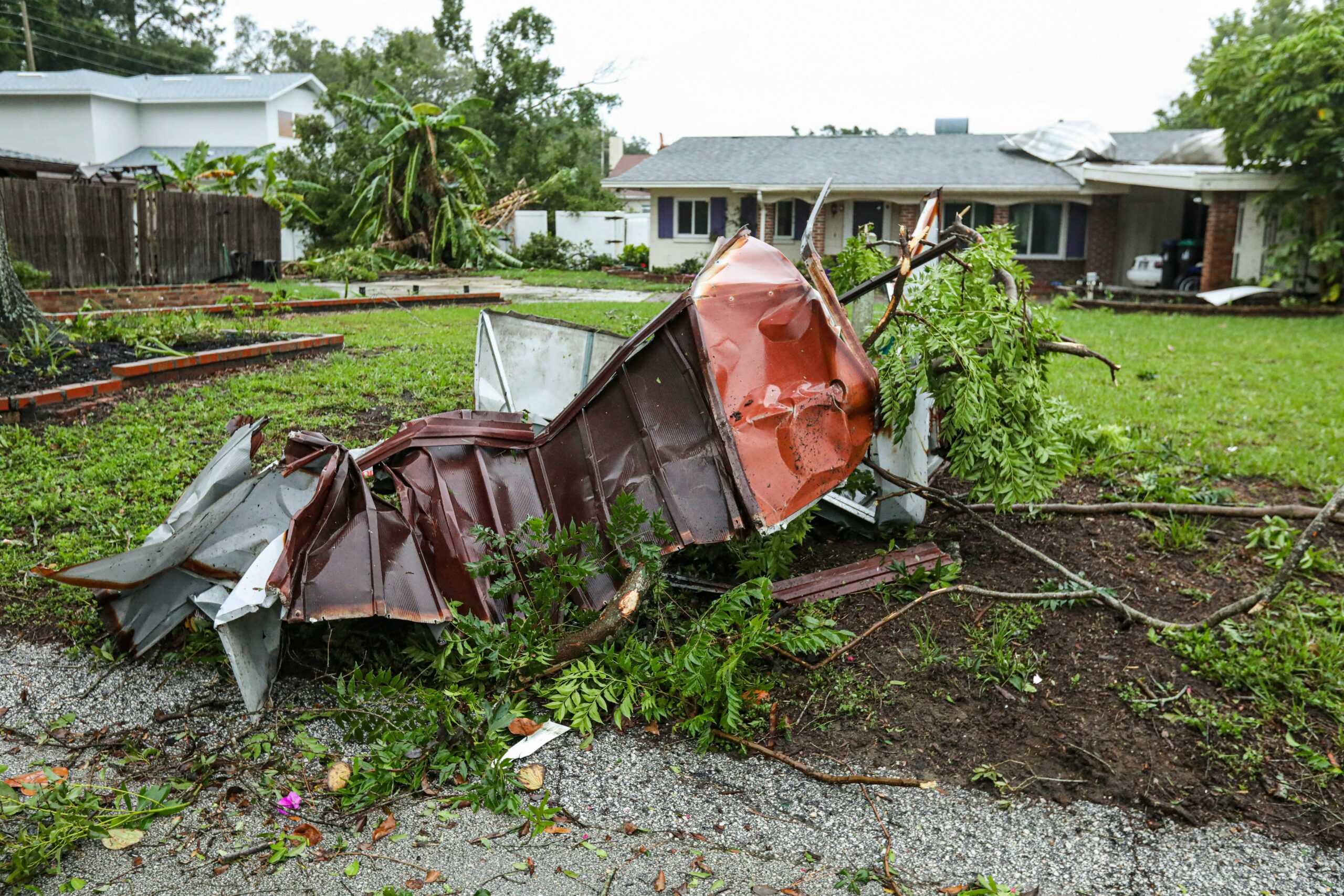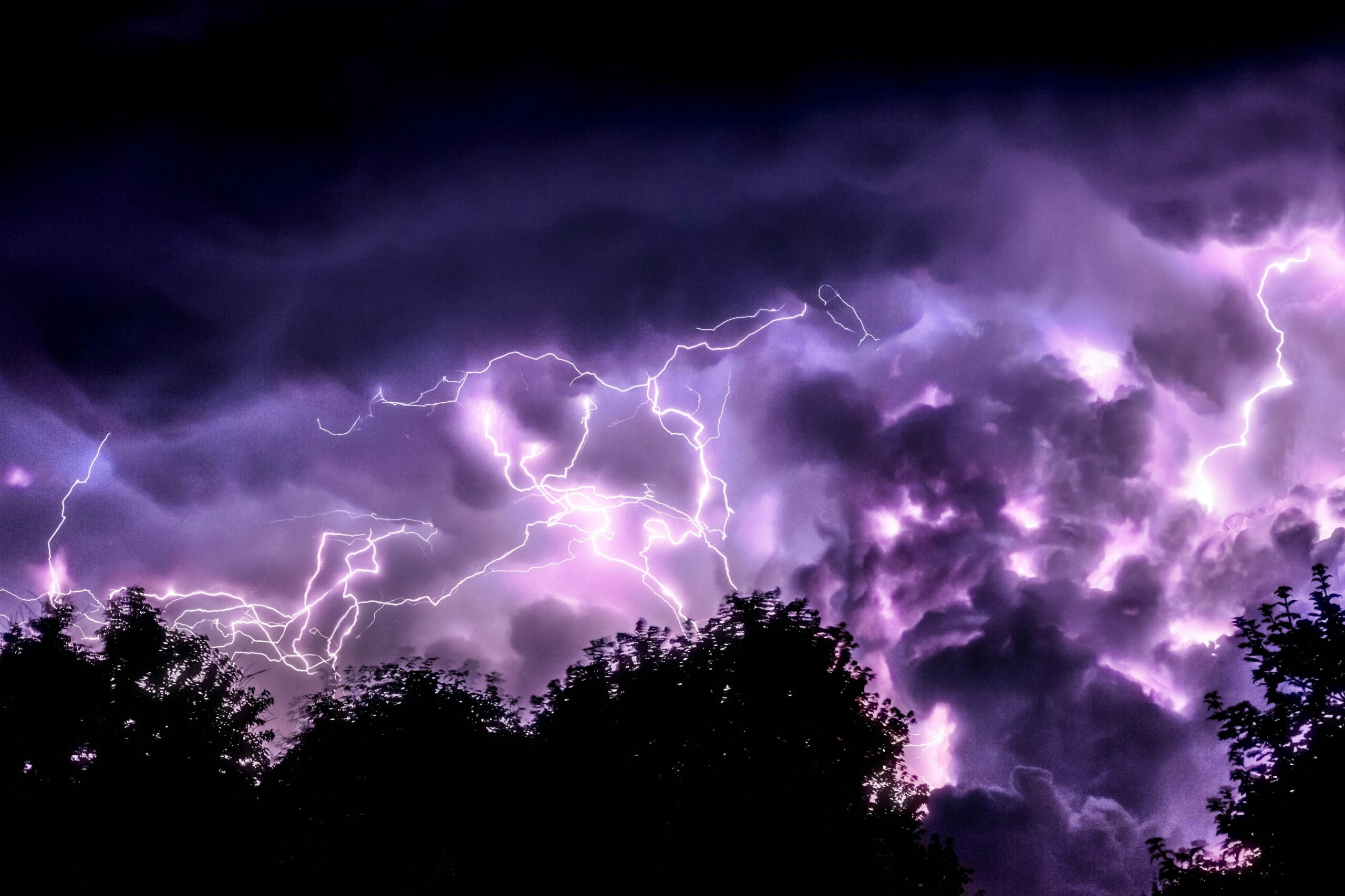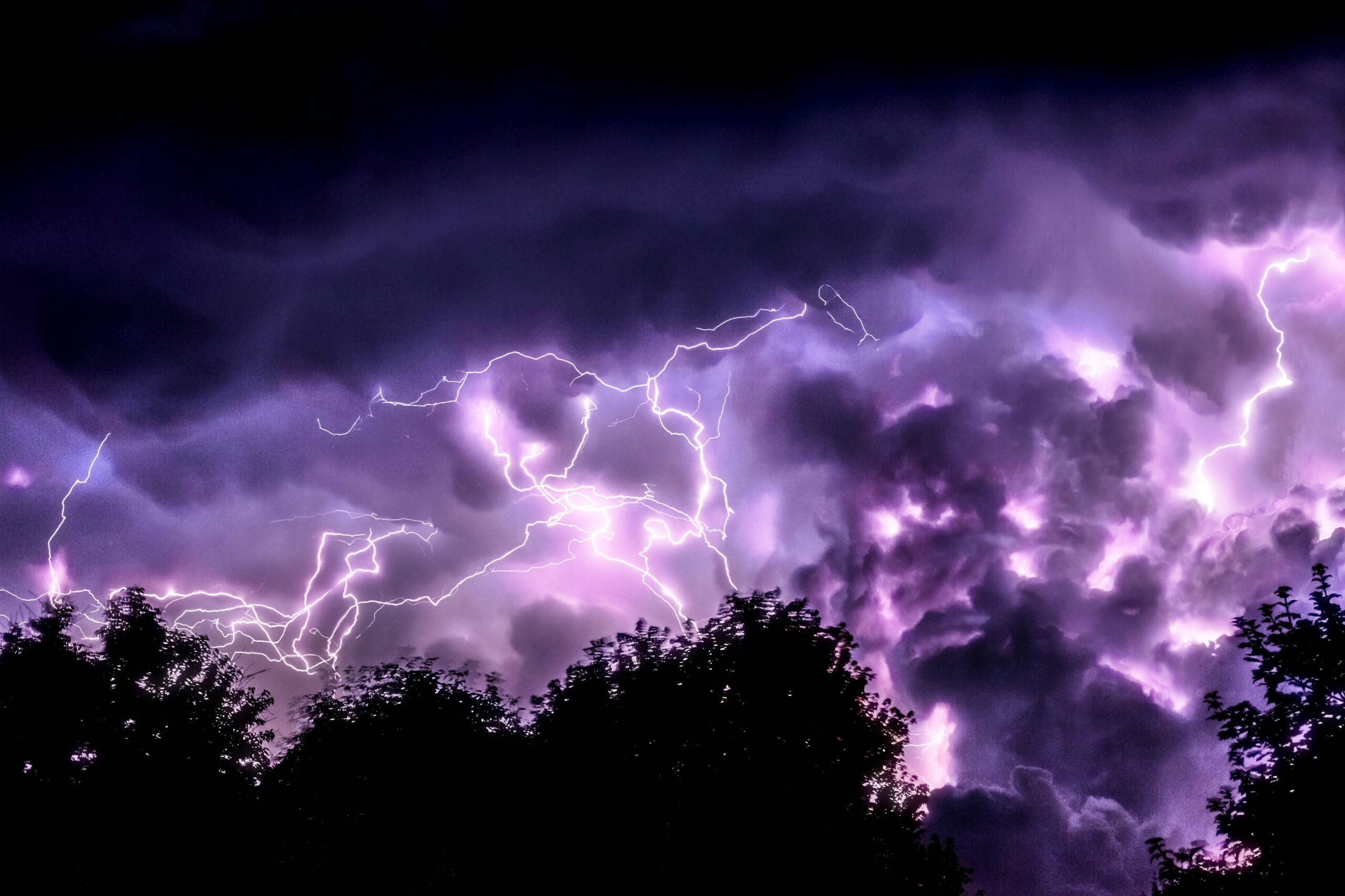Introduction
Recent weather patterns have brought unprecedented heavy rains to Delhi and various regions in Northern India, resulting in significant devastation. The torrential downpours have caused widespread flooding, infrastructure damage, and, tragically, the loss of 12 lives. These severe weather conditions have not only disrupted daily life but have also put immense pressure on emergency services and disaster response teams in the affected areas.
The intensity and persistence of these rains have caught many off guard, triggering a swift and pronounced impact on the communities and landscape of the region. Urban areas, particularly Delhi, have experienced severe waterlogging, making transportation precarious and leading to road closures. Rural locales have also been heavily hit, with agricultural lands inundated, threatening both crops and livelihoods.
The meteorological phenomena driving these rains are linked to a combination of climatic factors that have intensified seasonal monsoon patterns. This has resulted in heavier than usual precipitation, posing extensive challenges to both urban and rural infrastructure. Rescue and relief efforts are currently underway, with authorities and volunteers working arduously to provide aid and mitigate further damage.
This recent calamity has underscored the importance of effective disaster preparedness and the need for robust infrastructure capable of withstanding extreme weather events. As the situation unfolds, the focus remains on aiding those affected, assessing the long-term impacts of the flooding, and implementing measures to enhance resilience against such natural disasters in the future.
Weather Patterns and Analysis
The recent heavy rains that have devastated Delhi and other parts of Northern India can be attributed to a combination of meteorological factors. Typically, this region experiences monsoon rains from late June to September, characterized by fairly predictable weather patterns. However, this year’s rainfall exceeded expectations in both intensity and geographical spread, leading to tragic outcomes.
Meteorologists observed a low-pressure system over the Bay of Bengal, which intensified as it moved northwest towards the Indo-Gangetic plains. This system, coupled with the presence of a western disturbance, created a convergence zone, resulting in prolonged heavy rainfall. Such conditions were further exacerbated by the rising sea surface temperatures in the Arabian Sea, providing additional moisture and energy to the system.
The intensity of the rainfall was notable, with some regions recording downpours of over 100 millimeters within a 24-hour period. While these figures are not uncommon during the monsoon season, the duration and frequency of such heavy bursts were unprecedented. Areas that typically receive moderate rainfall were suddenly facing flash floods and waterlogging, overwhelming the drainage infrastructure.
Geographically, the rainfall was widespread, impacting not just Delhi but extending to neighboring states like Uttar Pradesh, Haryana, and Punjab. The widespread nature of the rainfall can be partly attributed to the wide arc of the low-pressure system, which pulled in moisture from both the Bay of Bengal and the Arabian Sea.
Comparing this year’s weather patterns with historical data reveals a deviation from the norm. Typically, heavy showers are interspersed with dry spells, allowing for a gradual drainage and absorption of water. This year, however, the concentrated episodes of heavy rain disrupted this balance, causing severe flooding and loss of life.
In addition to these factors, urbanization and inadequate infrastructure have exacerbated the impact of these rains. The incapability to cope with such intense precipitation has laid bare the need for improved urban planning and resilient infrastructure to mitigate future weather events.
Impact on Local Communities
The impact of the heavy rains on local communities in Delhi and other parts of Northern India has been profound. The relentless downpour has led to widespread damage to property and infrastructure. Homes are inundated with water, causing irreparable harm to household belongings and structures themselves. For many, the sight of their dwellings submerged in water is not just disheartening but also signaling a long road to recovery.
Infrastructure has also taken a significant hit. Roads in several areas are either submerged or completely washed away, disrupting transportation and making it difficult for emergency services to reach those in need. Public utilities like electricity and water supply have been severely affected, leading to prolonged power outages and contaminated drinking water, putting the health of residents at further risk.
Agriculture, an important livelihood for many in the affected regions, has not been spared either. The heavy rains have devastated crops, wiping out entire fields and leading to significant financial losses for farmers. The inundation of agricultural lands means that many farmers will face challenges in replanting, potentially affecting food supply chains in the region.
Moreover, the rains have displaced thousands of residents, forcing them to seek temporary shelters. These shelters, often set up in makeshift facilities, are overcrowded and lack basic amenities, making it difficult for the displaced to meet their daily needs. The situation is particularly dire for vulnerable groups such as the elderly, children, and those with preexisting health conditions.
Emergency response efforts are underway, with both government and non-governmental organizations working tirelessly to provide relief. However, the scale of the disaster has overwhelmed resources, highlighting the need for a more structured and efficient disaster management system. Communities are coming together, volunteering, and offering support to those most affected, showcasing resilience amidst adversity.
The severe weather conditions wrought by the torrential rains have resulted in a tragic loss of life in Delhi and other parts of Northern India. According to official reports, twelve individuals have perished due to various rain-related incidents. The fatalities include cases of drowning, electrocution, and instances where people were buried under collapsed buildings and walls.
Eyewitness accounts further paint a grim picture of the devastation. In one particularly harrowing incident in Delhi, a family of four was swept away by the surging waters of the Yamuna River; sadly, only one member survived. Elsewhere, in the state of Uttar Pradesh, two children lost their lives when the wall of a dilapidated house crumbled under the relentless downpour.
Hospitals across the affected regions have reported numerous injuries, ranging from minor bruises to severe trauma. Emergency services have been working around the clock to rescue and provide medical assistance to those in need. Several rescue operations have been conducted to evacuate people from flooded homes, and makeshift shelters have been established for those displaced by the floodwaters.
Local authorities have issued warnings and are urging residents to stay indoors and away from waterlogged areas. Volunteers and community organizations are also playing a significant role by offering aid and providing essential supplies to those affected by the heavy rains. The National Disaster Response Force (NDRF) has been extensively deployed to assist in rescue and relief efforts, navigating challenging conditions to reach the most isolated and vulnerable populations.
The human stories emerging from the calamity underscore the pressing need for improved infrastructure and disaster preparedness to mitigate the impact of such natural events in the future. The loss of life and injuries serve as a stark reminder of the vulnerability faced by communities when extreme weather events strike, highlighting the importance of comprehensive preparedness and prompt, effective response measures.
Government and Municipal Response
The heavy rains that have affected Delhi and other parts of Northern India have prompted a swift and decisive response from both government and municipal authorities. With the primary aim of safeguarding lives and ensuring the well-being of affected residents, extensive rescue operations were initiated immediately. Emergency services, including the National Disaster Response Force (NDRF) and State Disaster Response Force (SDRF), have been deployed to the most severely impacted areas.
Teams are actively engaged in search and rescue missions, particularly in vulnerable localities where flooding has posed significant hazards. In addition to these efforts, relief measures are being organized for displaced individuals. Temporary shelters have been set up to provide food, water, and medical aid. These measures are vital in ensuring that residents have access to basic necessities during such a crisis.
The government has also taken steps to address the infrastructural damage caused by the torrential rains. Public works departments are working tirelessly to clear blocked roads and drains, while municipal workers are laboring to restore power and water supplies. Efforts to drain water from flooded streets are being carried out using high-capacity pumps, mitigating the risk of waterborne diseases.
Political leaders, including the Chief Minister and local MPs, have visited affected areas to assess the situation firsthand. Their visits underscore the gravity of the incident and demonstrate a commitment to mobilizing resources and support from the highest levels of government. Various leaders have issued statements expressing condolences for the lives lost and reassurance that all possible measures are being taken to aid affected residents.
This multifaceted response showcases the coordination between different levels of government and municipal bodies in addressing the immediate threats posed by the heavy rains. As rescue and relief efforts continue, the focus remains steadfast on ensuring the safety and support of all citizens impacted by this unprecedented weather event.
Challenges in Infrastructure and Disaster Management
Recent heavy rains in Delhi and other parts of Northern India have rendered glaring issues within the regional infrastructure and disaster management strategies. Urban planning in these densely populated areas often lacks the foresight to accommodate extreme weather events, leading to significant distress when calamity strikes. Substandard drainage systems, unauthorized construction, and inadequate maintenance of existing infrastructure exacerbated the flooding, causing both property damage and loss of life.
One of the primary challenges lies in the resilience of urban infrastructure. Many cities in Northern India are not built to withstand prolonged periods of heavy rainfall. Poorly constructed buildings and roads vulnerable to waterlogging weaken the structural integrity of these regions. The drainage systems are often outdated, clogged, or insufficient to handle the volume of rainfall, leading to widespread flooding in residential and commercial areas. Addressing these issues is crucial to prevent future tragedies.
Moreover, disaster management protocols are frequently reactive rather than proactive. While relief and rescue operations were swiftly deployed, the lack of preemptive measures such as early warning systems, community education, and robust evacuation plans highlighted significant deficiencies. The current modus operandi tends to focus on immediate relief efforts without adequately preparing for imminent climatic events. A comprehensive disaster management plan would necessitate the integration of technology for timely weather forecasts and community-wide drills to enhance readiness.
Improving disaster management also entails better coordination among various governmental and non-governmental agencies. The fragmented response often observed during such events points to a need for a centralized authority to streamline efforts and resources. Ensuring that policies are not only well formulated but also diligently implemented can bridge the gap between planning and execution.
Investing in infrastructure resilience and enhancing disaster management readiness can significantly mitigate the adverse effects of extreme weather events. By addressing these challenges through proper urban planning, robust construction standards, and proactive disaster management strategies, the affected regions can build a sustainable and resilient future.
Understanding the role of climate change in extreme weather events is critical, particularly in the context of the recent heavy rains in Northern India that resulted in tragic loss of life. Scientific evidence increasingly supports the connection between climate change and the intensification of rainfall events. According to climate experts, the rising global temperatures have led to an increased capacity of the atmosphere to hold moisture. This, in turn, elevates the potential for more intense and frequent rainfall.
Dr. Rajeev Gupta, a prominent climate scientist, explains that “the enhanced greenhouse effect is exacerbating the water cycle, causing more water to evaporate from the surface and subsequently leading to heavy downpours.” These findings align with the Intergovernmental Panel on Climate Change (IPCC) reports, which indicate a strong correlation between global warming and the increased intensity and frequency of extreme weather patterns, including torrential rains.
In Northern India, climate models predict that the monsoon season is becoming erratic due to these changes. This crucial shift creates a vulnerability, making regions more susceptible to flooding and other rain-related calamities. The increased rainfall intensity and variability are not isolated phenomena but are part of a broader pattern seen across various regions globally.
Additionally, urbanization and changes in land use further exacerbate the impact of these weather events. Concrete surfaces and poor drainage systems in urban areas, particularly in cities like Delhi, lead to waterlogging and higher flood risks. As these cities grow, mitigating measures must be adapted to handle the increasing frequency of such events.
Public awareness and adaptation strategies need to incorporate the realities of climate change to develop more resilient infrastructures and communities. The heavy rains lashing Delhi and other parts of Northern India serve as a stark reminder of the pressing need to address climate change through both mitigation and adaptation strategies, supported by scientific research and policy-making.
Future Precautions and Preparedness
In light of the recent devastating floods in Northern India, it is imperative to revisit and enhance our approach towards future precautions and preparedness. Residents and authorities must collaborate to adopt measures that reinforce the resilience of communities and mitigate the impacts of such natural disasters. A critical element of this strategy involves substantial improvements to the infrastructure. This includes the construction of comprehensive drainage systems capable of efficiently managing excess water during heavy rains, thereby reducing the incidence of severe flooding.
Another vital measure is the enhancement of early warning systems. By leveraging advanced meteorological technology, authorities can provide timely, accurate information about impending weather conditions. This allows residents ample time to take necessary precautions, such as evacuating vulnerable areas or safeguarding their properties against potential damage. Developing a robust communication network is equally important to ensure that these warnings reach every individual, particularly in remote or underdeveloped regions.
Furthermore, promoting community awareness and resilience is crucial. Educational campaigns aimed at informing residents about the risks associated with heavy rains and floods can significantly increase preparedness levels. These campaigns should emphasize practical steps individuals and households can take to protect themselves, such as creating emergency kits, understanding evacuation routes, and knowing how to seek help in crisis situations.
Collaboration between local governments, non-profit organizations, and community groups can foster a culture of preparedness. Regular drills, workshops, and training sessions can equip people with the knowledge and skills needed to respond effectively during emergencies. Additionally, incorporating disaster preparedness into school curriculums can ensure that future generations are better equipped to handle such situations.
Ultimately, a proactive and holistic strategy encompassing infrastructure development, advanced early warning systems, and community education will significantly enhance Northern India’s capacity to cope with the challenges posed by heavy rains and flooding. Through these collaborative efforts, residents and authorities can build a more resilient and prepared society.



